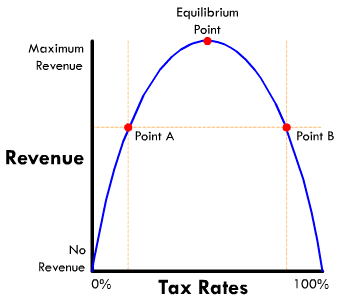The other day I was shown a semi-viral youtube video that you may have heard of: Quantitative Easing Explained. Now, I don’t know that much about quantitative easing, or the Fed, or Goldman Sachs, so I really cannot say anything about those aspects of the film, but I can say that much of the basic economic information at the beginning of this little video is inaccurate. So, I decided to write a post on some basic economic facts I feel everyone should be aware of, some from the video and some not, that will hopefully be useful to you in your everyday life! Many of these economic concepts can seem a bit counterintuitive but are actually quite straightforward and simple once you learn them, and I think a working knowledge of some basic economic principles is essential.
1. Nominal vs real variables
Nominal money is measured in dollars: the price of a new car, the money in your bank account, your salary, and your debt, for example. Real money is the purchasing power of that money—how many goods you can buy with it—and is measured in goods. For example, if you have $100 and live in a one-good economy where that good costs $2, the nominal value of your money is $100 and the real value is $100 divided by $2/good, or 50 goods. If the price of the good rises by $1 then the real value of your money decreases, as it is now $100 divided by $3/good, or 33.333 goods, and if the price of the good drops by $1 then the real value increases to 100 goods. In real life, of course, we don’t live in a one-good economy, but the real value of money can be calculated using the Consumer Price Index, which you can do on your own if you are interested.
divided by $2/good, or 50 goods. If the price of the good rises by $1 then the real value of your money decreases, as it is now $100 divided by $3/good, or 33.333 goods, and if the price of the good drops by $1 then the real value increases to 100 goods. In real life, of course, we don’t live in a one-good economy, but the real value of money can be calculated using the Consumer Price Index, which you can do on your own if you are interested.
2. Deflation is not always a good thing
Contrary to what the bears in the video claim, deflation is not always good, and in fact can be very bad, particularly during a recession. Many economists believe that deflation can set off a deflationary spiral in which the decrease in prices leads to a decrease in production, which causes unemployment, which lowers demand, which in turn causes prices to fall further. Not all economists agree that deflationary spirals can occur, but most still view deflation negatively, as it greatly hurts borrowers, or people in debt. Deflation is an increase in the real value, or purchasing power, of money, and so people with loans must pay back more than what they initially borrowed. Deflation is believed to have been involved in the Great Depression, and can also discourage investment. For these reasons, and many more, deflation is more frequently looked upon negatively.
3. Bond prices and interest rates are inversely related
My macroeconomics professor certainly made sure we would never forget this one, so you know it’s important! The Fed changes the interest rate through open market operations (OMOs): buying and selling US securities on the open market. If the Fed wishes to lower the interest rate it makes an open market purchase (OMP), or buys bonds. The Fed drives up demand for bonds by offering a premium price, and this increase in bond prices decreases the interest rate. The opposite is true of an open market sale (OMS): selling bonds creates an excess supply of bonds, which decreases demand for them and thus decreases the price and raises the interest rate. Interest rates and investment are generally believed to also be inversely related, meaning a lower interest rate encourages more investment, and interest rates also affect inflation, unemployment, and foreign investment.
4. The Laffer curve
Now this one is incredibly simple and seems quite obvious, and yet it is something few people know–or  even think about. The Laffer curve describes the relationship between taxes and revenue, and, as you can see, is bell-shaped. An increase in taxes will, up until a certain point, increase revenue. After that certain point is reached, however, increasing taxes will actually decrease revenue, as consumers (or whoever you’re trying to tax) stop playing along and decide not to buy whatever is being taxed. On this side of the curve the only way to increase revenue is to decrease taxes.
even think about. The Laffer curve describes the relationship between taxes and revenue, and, as you can see, is bell-shaped. An increase in taxes will, up until a certain point, increase revenue. After that certain point is reached, however, increasing taxes will actually decrease revenue, as consumers (or whoever you’re trying to tax) stop playing along and decide not to buy whatever is being taxed. On this side of the curve the only way to increase revenue is to decrease taxes.
So, those were pretty simple, right? And hopefully will help you interpret economic news and information, as even though I didn’t go very in-depth about any of these concepts, they deal with things you probably read about in the news all the time: inflation, deflation, purchasing power, interest rates, taxes… So let me know if you thought this was helpful!


